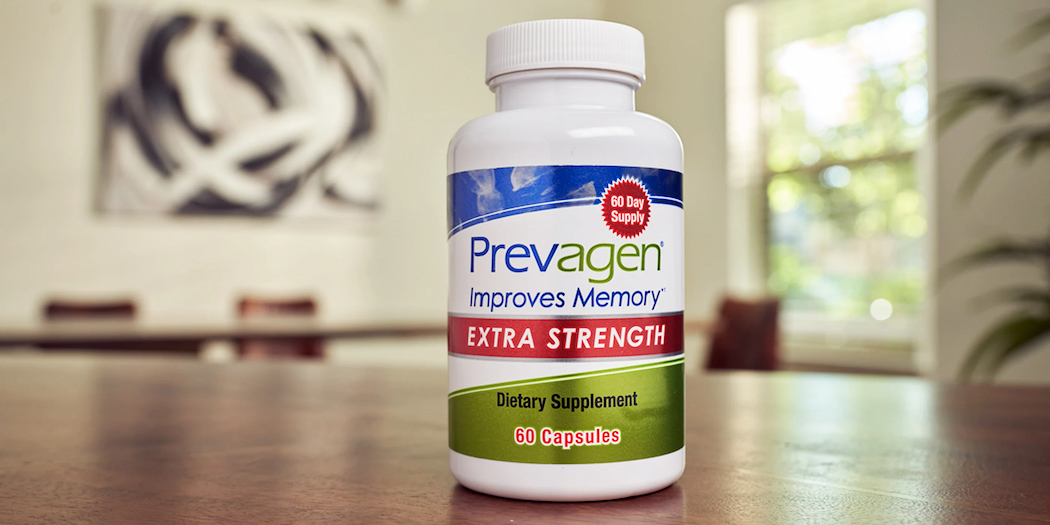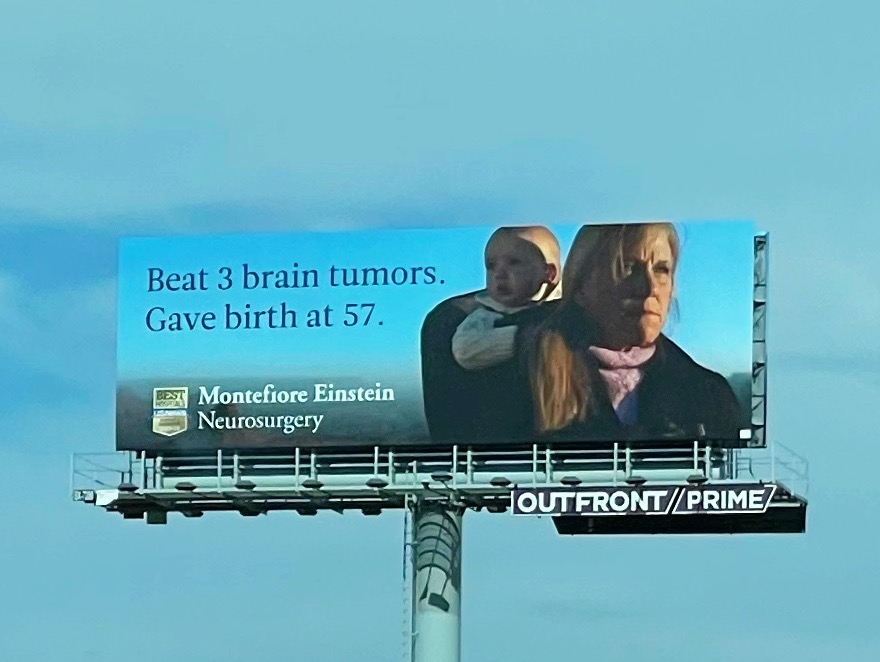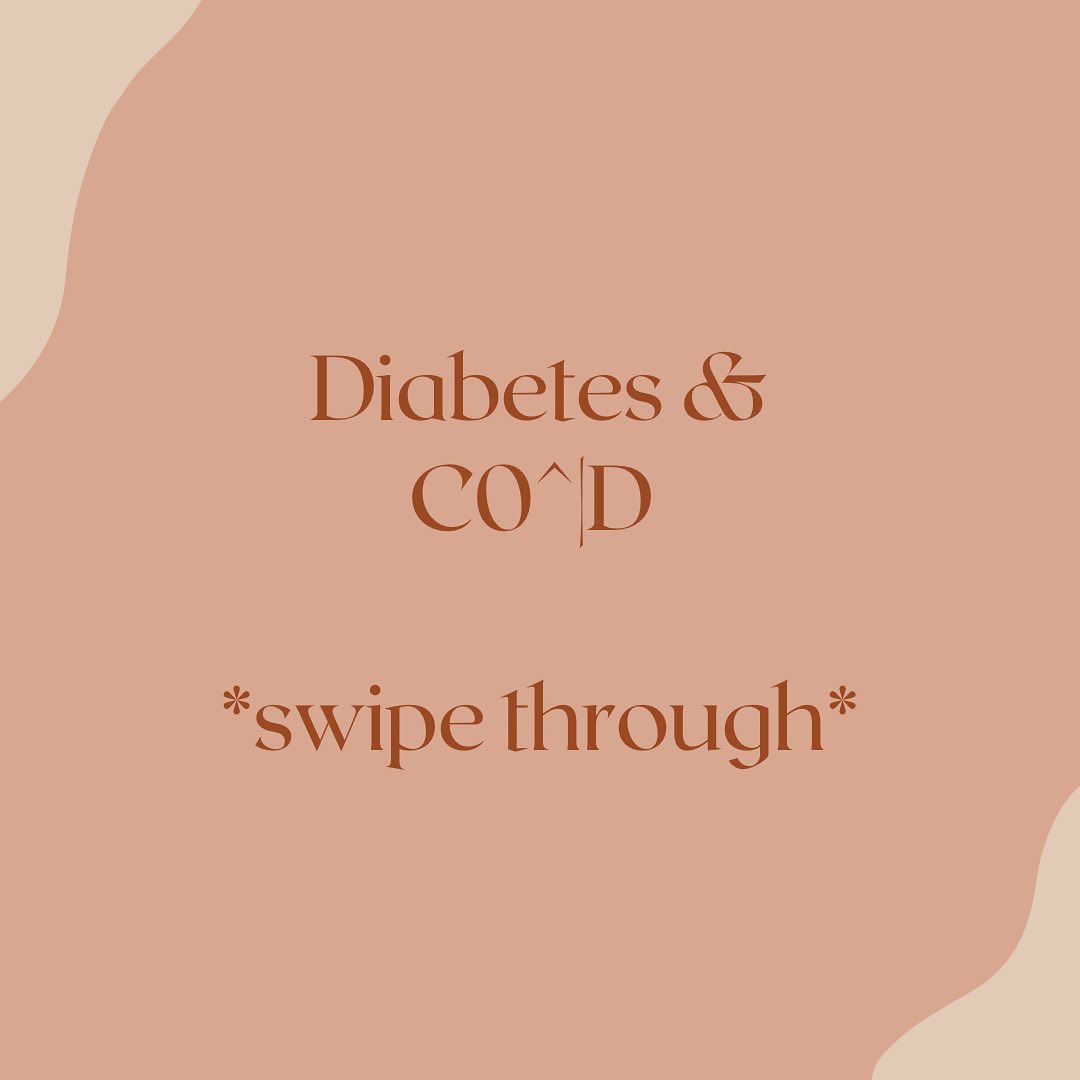
Prevagen May Have Memory Problems
TINA.org continues to support FTC, New York in federal court.
New York neurosurgery center features deceptive testimonial on billboards and website
| Laura Smith
Marketers know they have a captive audience when they advertise on billboards alongside mundane highways frequently plagued by standstill traffic. And the highways leading in and out of New York City, which include some of the most congested in the U.S. with nearly 10 million cars driving on them each month, provide just that.
Among the many billboards drivers will see heading into the city are several advertising Montefiore Einstein Neurosurgery and featuring one of its patients, a three-time brain tumor survivor and woman who gave birth in her late 50s.
This caught my eye not only because of the amazing resilience of this patient, but because it reminded me of TINA.org’s investigation into U.S cancer treatment centers finding that the vast majority used patient testimonials featuring similarly impressive results in their marketing. And just like our findings in that investigation, there are some problems with Montefiore exploiting this extraordinary patient.
Promoting atypical results
First, the billboard omits material information by not telling NYC commuters what kind of brain tumors this patient had. And it turns out there is enormous variability in survival rates for patients with brain tumors depending on the kind of tumor, ranging from an ependymoma, which has an 87 percent five-year survival rate for patients aged 55-64 (but which accounts for only about 2 percent of brain tumors), to a glioblastoma, which has a 6 percent five-year survival rate for such patients (and which is the most common malignant brain tumor in adults).
Without providing this information, the message Montefiore is sending with this billboard is that brain tumors in general are beatable when, unfortunately, many are typically not, statistically speaking. (Of note, of the seven types of brain tumors listed on Cancer.org, four of them have five-year survival rates that are below 50 percent for patients aged 55-64.)
Second, giving birth at 57 is extremely rare, with or without a history of brain tumors, not to mention completely unrelated to neurosurgery. Why include this in the ad then? Maybe to show just how “successful” Montefiore patients go on to be.
In short, this patient, whose name is Barbara, and who is also featured front and center on Montefiore’s website (which doesn’t tell consumers what kind of brain tumors she had either), did not have an experience that is typical for most brain tumor patients.

The use of promising patient testimonials featuring atypical results to promote cancer treatment centers was the subject of a 2018 complaint TINA.org filed with the Federal Trade Commission against Cancer Treatment Centers of America (CTCA), as well as dozens of warnings letters sent to other cancer centers around the country.
TINA.org filed a complaint against CTCA, which at the time was a for-profit organization spending more than $90 million per year on advertising, for its brazen touting of atypical patients, including a patient named Peggy who at the time beat stage 4 pancreatic cancer (which has a five-year survival rate of 2.7 percent, a fact not adequately disclosed by the center). In response, CTCA took the position that there is no typical cancer patient as treatment is complex and everyone’s experience is unique.
However, according to the FTC, marketing materials that contain consumer testimonials “will likely be interpreted as representing that the endorser’s experience is representative of what consumers will generally achieve with the advertised product or service.” That means that if an advertiser uses a consumer testimonial, it either needs to have adequate substantiation for the representation that the depicted result is generally achievable, or clearly and conspicuously disclose the generally expected performance in the depicted circumstances. There is no third option.
In other words, if there is no typical cancer patient result, then the only legal option is to stop using patient testimonials. Treatment centers are not allowed to circumvent the law to lure patients to its centers with atypical testimonials simply because cancer treatment is complex. They are not permitted to give patients false hope.
The for-profit vs. nonprofit conundrum
Following TINA.org’s complaint, CTCA muddied the waters even more by entering into an acquisition agreement with nonprofit organization City of Hope with plans to convert itself to a nonprofit as well. That complicates things because the FTC doesn’t generally have jurisdiction over nonprofit entities, only for-profit entities.
Montefiore is also a nonprofit institution, meaning regulation of its advertising is left to the Empire State. The FTC can’t touch it.
New York’s state of mind on testimonials
While the FTC may not be able to pursue entities like Montefiore, New York has its own consumer protection laws. Specifically, New York General Business Law (GBL) § 349(a) prohibits “[d]eceptive acts or practices in the conduct of any business, trade or commerce in the furnishing of any service in the state,” and GBL § 350 prohibits false advertising. These are the laws upon which the New York Attorney General relies when pursuing companies for deceptive marketing, including the use of atypical testimonials.
For example, in 2019, the New York AG sued a stem cell clinic for, among other things, its use of misleading endorsements and testimonials. While the state’s complaint referenced the FTC’s endorsement guidance for context, two of the four causes of action in the complaint cited GBL § 349 and one cited GBL § 350 (the other action was for fraud). The case resulted in a $5.1 million judgment in 2021.
Interestingly, the New York Department of Health takes the position that physicians’ use of testimonials in advertising amounts to professional misconduct. But unlike the state’s consumer protection laws, enforcement of this rule is left to the Board of Professional Medical Conduct and the Department of Health, rather than the state’s attorney general.
“First, do no harm”?
As TINA.org explained in its CTCA complaint, the consumer harm associated with deceiving a susceptible patient population when many are literally fighting for their lives cannot be understated. According to the National Cancer Institute, the national patient economic burden associated with cancer care was more than $21 billion in 2019. And according to other sources, 62 percent of cancer patients report being in debt due to their treatment; over half experience house repossession, bankruptcy, loss of independence and relationship breakdowns; and they are 2 ½ times as likely to declare bankruptcy as healthy people.
In other words, these are consumers who need the full, unadulterated facts. Instead, Montefiore deceptively advertises its medical services to those in need, which seems to run counter to its stated missions – to help and heal patients.
TINA.org reached out to Montefiore for comment. Check back for updates.
TINA.org continues to support FTC, New York in federal court.
TINA.org applauds proposed amendments but pushes for more.
How deceptive MLMers try to evade regulators in the COVID era.


